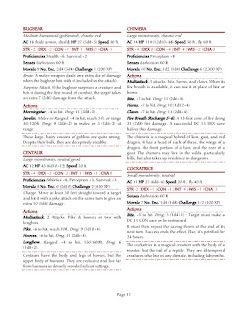Against the Funnel of Game Balance - Old School Fun

Game Balance is a totally different kind of fun compared to old school fun. It's more a fun-nel really, that basically seeks to minimize the parts of the game that old schoolers find fun. Gamers, generally speaking, roll dice because the element of randomness brings a level of excitement to the table. And they applaud creative thinking or player skill being able to make a crucial difference in a tight spot. Because it is fun. Because they are variables making the game more open-ended. Game Balance is the opposite: It is the premise that so long as the party manages its resources properly, they will be guided through a scenario of progressively more difficult encounters, each of which they should be able to defeat in turn and still come out with positive hit points, for a total combat experience that should be neither too easy nor too hard. If the GM knowingly presented encounters too strong for the party, that is seen to be GMing in bad faith. If they are too easy, the GM is e






